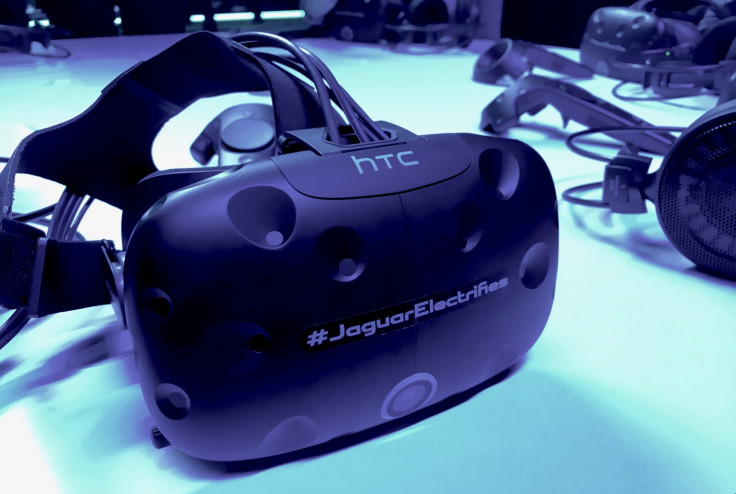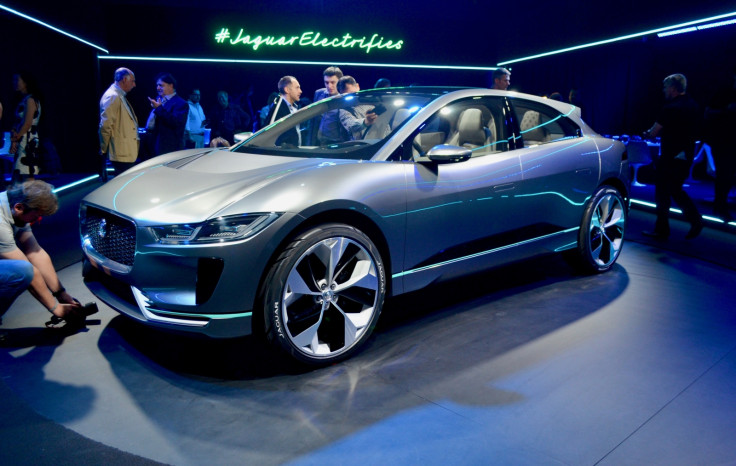Why Jaguar's use of VR means product launches will never be the same again
Virtual reality and the HTC Vive made the press launch of the Jaguar I-Pace a refreshing change.

When most companies launch a new product to the press it is an event all-too-often dominated by an overly long presentation with either too little or too much information, too many celebrities paid to be there, and enough marketing talk to fill a library.
Very little of this even makes it into the words we write and the videos we produce because it isn't of value to our readers. A technology company will say their phone is the world's best, but it's our job as journalists to discover that for ourselves, not to regurgitate the corporate line.
But sometimes a company gets it right, and that was the case with Jaguar at its launch of the electric I-Pace Concept in Los Angeles this week. Through a deal with HTC, the car maker employed the use of over 60 Vive virtual reality headsets to show the car off in VR before revealing it in the metal.
Samsung has employed similar tactics before, but failed to offer up more than a set of fancy visuals and booming music. Jaguar treated journalists to a 25-minute VR presentation with live presenters showing us how the I-Pace was designed, what it's key features are, and even what it is like to sit inside.
Jaguar even offered up a slot car racing game for us to play while getting comfortable with the headset and figuring out how the controller works; a controller which could then be used to grab various elements of the presentation and spin them around for a closer look.

Virtual representations of everyone else's headsets could be seen in the VR world, helping you to remember where your table mates were sat and giving you a useful point of reference. Our tables also remained a mostly permanent part of the presentation.
This article might sound a bit too 'inside-baseball' and only appeal to journalists, but the way a product is presented to the press is important. Frustrate and bore journalists and the resulting news coverage might well reflect it; the near-three-hour Huawei P9 launch comes to mind here. But engage with the audience, hold back on the marketing talk and present the product in a fun and engaging way, and the mood will be completely different.
Once the presentation ended and the actual car was wheeled into the room, we already had a good understanding of what we were about to see.
Of course, rigging up a room with dozens of HTC Vives, each connected to a powerful computer, takes a lot of time, effort and money. But the results were genuinely impressive.
We left the event feeling we had seen not just a car, but a new side to VR, and to high-end headsets like the HTC Vive in particular. These are serious pieces of kit which, although technologically impressive, are hugely expensive and complex to set up. It's a tough sell to expect all but the most hardcore gamers to consider investing in one for their lounge, but in an environment like this it suddenly made sense.
Sub-£100 VR headsets like the Samsung Gear VR and Google Daydream View are where the mass market is right now, while the Vive and Oculus Rift are better suited to corporate events like this. One day VR as impressive as the Vive will be affordable to the masses, but for now it feels like the consumer and corporate markets should be kept apart.
© Copyright IBTimes 2025. All rights reserved.






















